| Nick Kouhi |
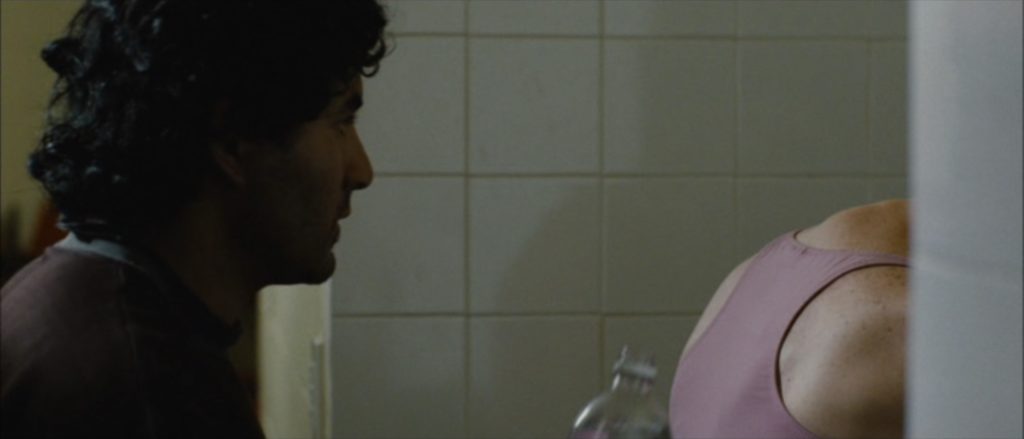
Catch a double feature of Lucrecia Martel’s The Headless Woman and La Ciénaga at the Trylon from Friday, August 26 to Sunday, August 28. Visit trylon.org for tickets and more information.
**This article contains spoilers for La Ciénaga.**
Ghosts seem to linger in the films of Lucrecia Martel. The Argentinian auteur doesn’t explicitly deal with the paranormal, yet her films take images culled from the everyday and transform them into the eerie. Martel’s films sonically and visually disorient many a newcomer to her oblique brand of narrative where the motivations of and relationships between her characters are elliptically revealed. Her films worm under the skin much in the way David Lynch’s can, yet to describe her style as Lynchian would be a disservice to Martel’s own inimitable aesthetic. Hers is a cinema which signals the illusory nature of dominant historical narratives surrounding culture, gender, and class within Argentina’s bourgeois enclaves by drawing our attention to the sights and sounds that exist beyond the edges of the cinematic frame.
The visual information in these films gleaned by the viewer is purposefully limited by Martel’s use of shallow focus. Bodies are fragmented, often decentered subjects within the frame. Where a filmmaker like Bresson depersonalized his subjects to attain an ascetic vein of realism, Martel’s close-ups of hands, torsos, and feet evince a purgatorial stupor more than divine transcendence. Her debut feature, La Ciénaga (2001), begins with images of guests by a poolside shuffling around, distinguished by their graying bodies. One of these figures, Mecha (Graciela Borges), is first identified by her clawed fingers drop an ice cube into her blood-red drink. The sanguine viscosity of her boozy concoction prefigures an accidental tumble she takes among her guests. Yet they remain drunkenly oblivious to the severity of her injuries, and in the aftermath of her fall, we have a difficult time spotting her sprawled legs behind indifferent bodies that recline in the foreground.
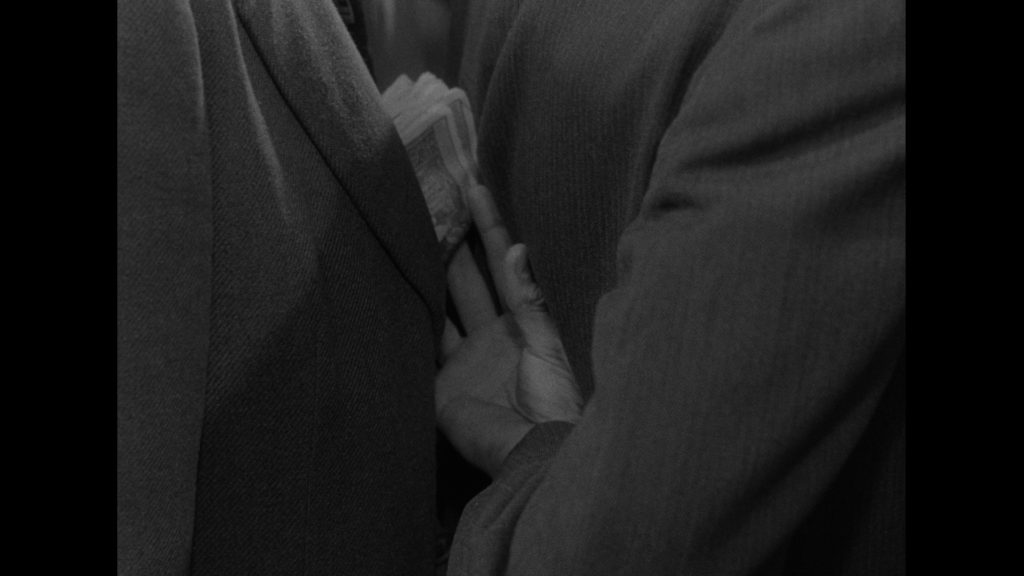
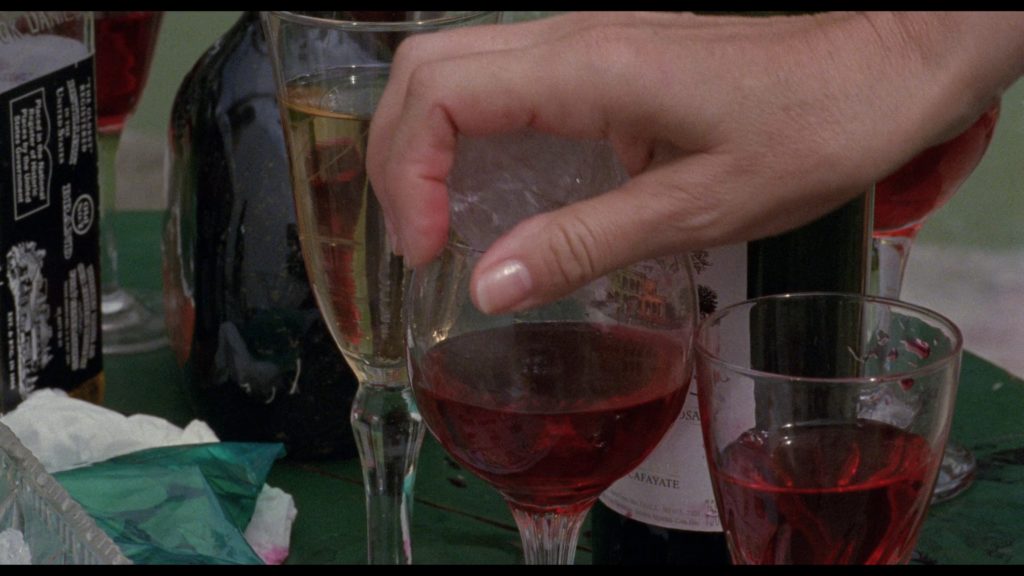
A very different kind of accident involving an older woman provides the inciting incident for Martel’s third feature, The Headless Woman (La Mujer Sin Cabeza, 2008). The sequence, wherein Vero (Maria Ornetto), the titular “headless” woman, hits something with her car, is unnerving for what it withholds more than it reveals. A brief cutaway to a body in the road (perhaps a dog or its master, a young indigenous boy) from the perspective of the backseat window doesn’t assume Vero’s point of view, and Ornetto’s stolid composure doesn’t betray Vero’s thoughts as she drives away from the accident. We remain in the passenger’s seat as she exits the car and her head exits the frame. By obscuring both Vero and Mecha, Martel’s camera acts, in her words, like “a creature… who is not scandalized by what they see.”[1] It is not an impartial gaze, yet it is limited in what it can tell us or what it can see past those hiding either something or someone.
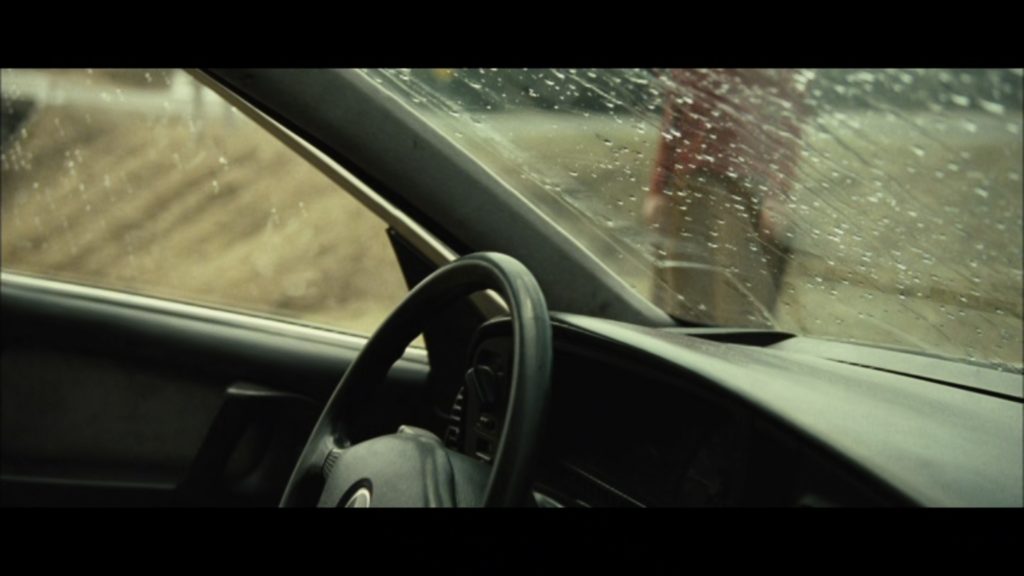
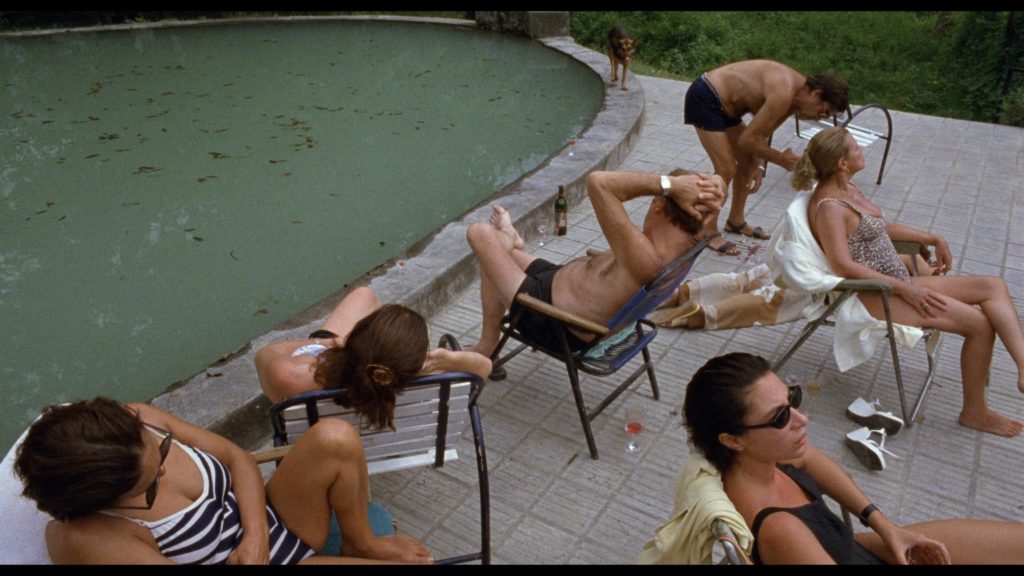
The visual discordance of bodies severed by the gaze of the camera gestures toward the violence which haunts Martel’s films, one that is often visited upon Argentinian society’s most vulnerable members. Like the women in David Lynch’s films, the women of Martel’s cinematic corpus complicate their prescribed roles in a patriarchal social order, even as they are beholden to that society’s rules of engagement. Martel’s The Holy Girl (La Niña Santa, 2004) is thematically complementary to (if tonally distinct from) Lynch’s Twin Peaks: Fire Walk with Me (1992) in the sense that both films are about teenage girls looking to regain control of their sexual autonomy under an insidiously controlling patriarchal gaze. Where Laura Palmer weaponizes her sexuality as a defense against the trauma of sexual violence, Martel’s teenage heroine Amalia (María Alché) projects her carnal desire onto the middle-aged professor (Carlos Belloso) who molested her under the pretext of saving his eternal soul. Martel avoids the sensationalism of Lynch’s operatic nightmare, eschewing visceral shock for a simmering intensity which remains no less unsettling.
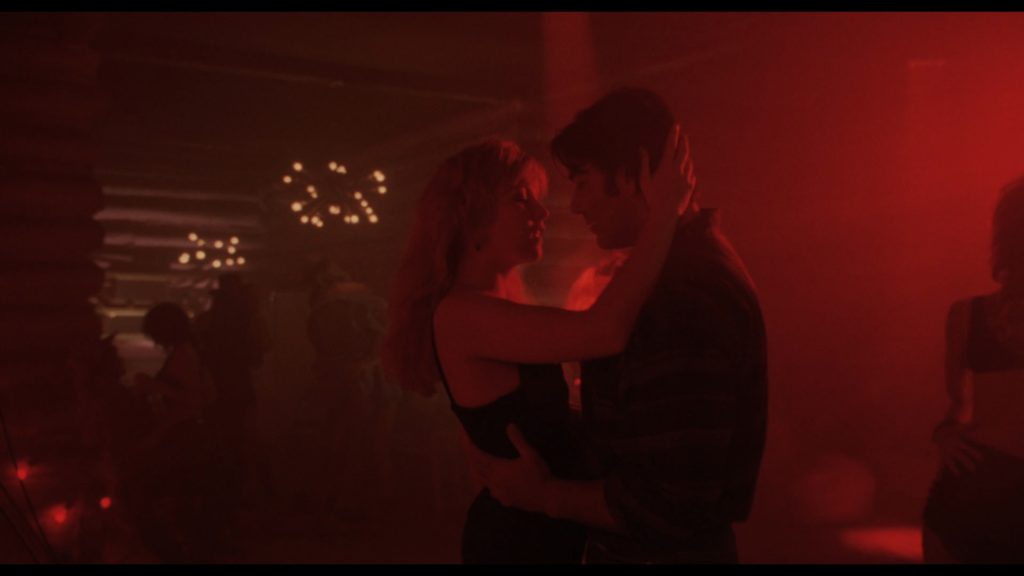
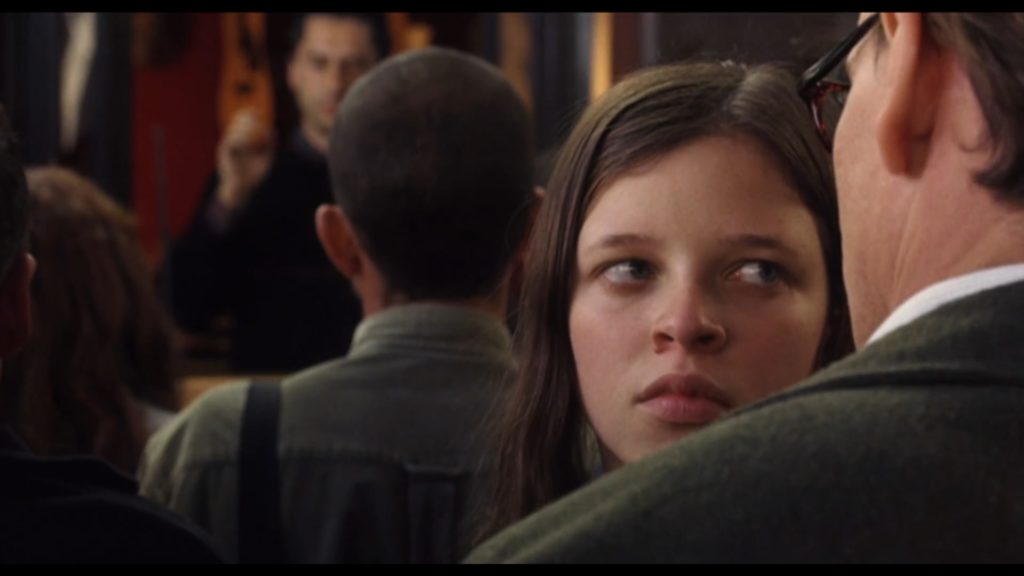
Martel’s evocation of horror movie tropes is hardly incidental; she’s noted that the names of her films are interchangeable with B-horror movies and has cited Herk Harvey’s Carnival of Souls (1962) and Georges Franju’s Eyes Without a Face (Les Yeux Sans Visage, 1960) as personal favorites.[2] Another classic beloved by Martel is Jacques Tourneur’s Cat People (1942), which makes extensive use of withholding the sight of its eponymous monster, though it doesn’t hesitate to give us an impression of the sound it makes. A striking parallel can be found in La Ciénaga, when several children recount the tale of a rabid African rat mistaken for a dog. This anecdote terrorizes Luciano (Sebastián Montagna), a young boy who becomes convinced that the dog next door may very well be the nightmarish creature of his imagination. His attempts to see the dog for himself provide the film its climax where a ladder placed by Luciano’s mother (Mercedes Morán) leads to his death.
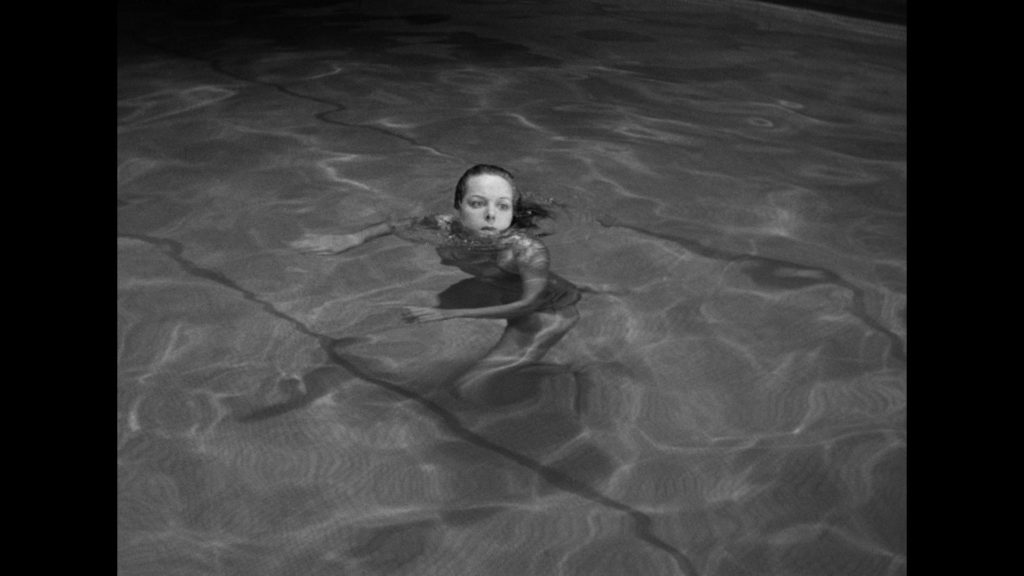
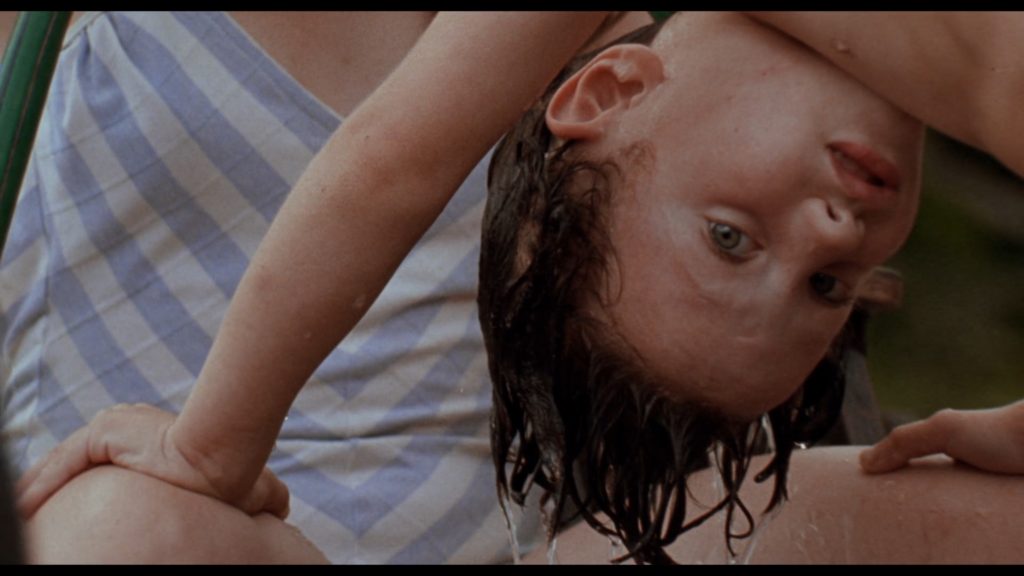
We see the fall, but not his contact with the earth. This relationship between cause and consequence is key to the political verve of Martel’s cinema “We have to start thinking about the logic within cause and consequence,” she explained in a masterclass given in 2017, “because it is something that we should take into account when talking about cinema. We have to look at the ethics with which we relate a cause to its consequence.”[3] In Zama (2017), the titular corregidor, or magistrate of a Spanish colonial outpost in South America, attempts to weasel his way into a transfer to no avail. He mentions the birth of a newborn son to the outpost’s governor, failing to mention that this son is an indigenous child born out of wedlock. When Zama (Daniel Giménez Cacho) first sees his child, we can only hear its bleated wails before the camera cuts to a close-up of the toddler waddling on the ground. By once again initially withholding visual information which attributes the source of the sound, Martel urges us to regard the consequences of Zama’s eurocentric narcissism, one not unlike a nation whose legacy (filial or otherwise) of colonial subjugation is inescapable.
Cinema is a medium whose veracity is determined by the manipulation of sight and sound. Martel has foresworn realism in her work to indicate the peril in blindly trusting in a hegemonic narrative which obfuscates the myriad normalized acts of societal inequity. For Martel, film “allows you to see that reality is also an artifice… What’s artificial about our own reality, and how we’ve come to normalize it, that to me is our greatest problem.”[4] Seeing is not merely believing: it is a perceptive awareness of what remains hidden which allows our vision to develop. By sonically beckoning our attention to a world beyond the frame, Lucrecia Martel performs a cinematic séance where the ghosts of history continue to haunt our present.
[1] Lucrecia Martel, interview by Amy Taubin, Film Comment, Film at Lincoln Center, 2009, https://www.filmcomment.com/article/shadow-of-a-doubt-lucrecia-martel-interviewed/.
[2] Lucreita Martel, “Lucrecia Martel’s Closet Picks,” September 18, 2018, The Criterion Collection, https://www.youtube.com/watch?v=iwhenYVvCVE.
[3] “Lucrecia Martel–Masterclass #1,” discussion between Lucrecia Martel and Simon Field, International Film Festival Rotterdam, 2018, https://www.youtube.com/watch?v=Z_zdESWSTxw.
[4] Lucrecia Martel, “Lucrecia Martel on Capturing Unruly Desires and Seeing Bodies as Monsters,” interview by Manuel Betancourt. 2018. Extra Extra, no. 11, https://extraextramagazine.com/talk/lucrecia-martel-capturing-unruly-desires-seeing-bodies-monsters/#
Edited by Michelle Baroody
